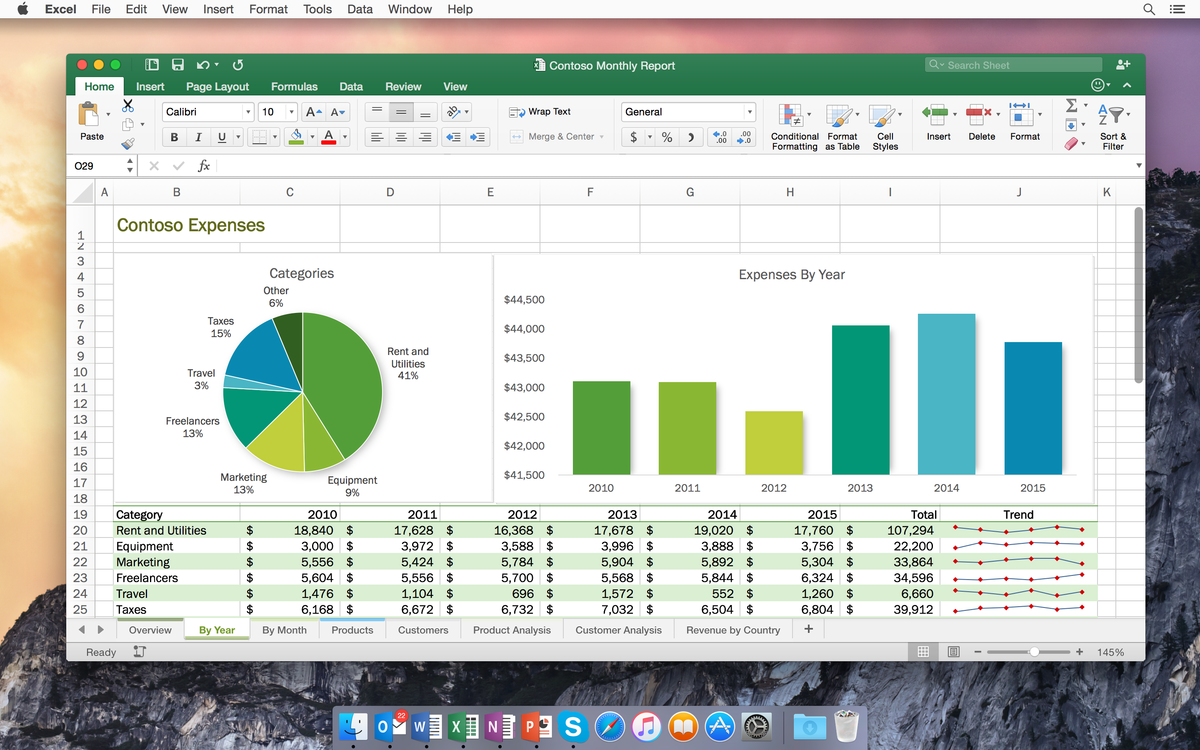How for a marketer to task an analyst

Marketing without analytics does more harm than good. In this article, we will look at what an analyst does, how to draw up a ToR for him and make sure that everything is ready on time.
A marketing analyst is a specialist who develops and implements marketing strategies to promote goods or services on the market. To understand whether his work brings results, it needs to be analysed.
Some companies leave the data analysis to the marketer, making him a marketer-analyst, but usually it is done by a separate person. Thanks to analytics, the marketer determines what actions bring results and makes decisions about reallocating the budget, changing the strategy or rolling back changes.
In order to set tasks correctly, you need to understand what an analyst does.
Who is an analyst
An analyst collects, analyses and interprets data to produce useful information for the business. The main goal of an analyst is to provide accurate and relevant figures to the company, based on which they make informed decisions and develop new strategies.
An analyst typically works with different types of data -.
- Sales;
- Customer behaviour;
- Advertising campaigns;
- Competitive market.
With the help of special tools, the analyst collects, cleanses, structures and analyses information.
He looks for patterns, trends and peculiarities of statistics so that their study helps the business to make meaningful decisions and optimise performance. An analyst helps a marketer understand whether marketing strategies are working, how well advertising is working and how satisfied customers are with a product or service.
To do their job, an analyst works with tools and software to analyse data. Know the basics of statistics, have database skills and know how to use visualisation software. In addition, he or she interprets the results and makes recommendations for the business based on them.
Based on the information obtained, they create graphs and dashboards that clearly show the growth and decline of indicators.
How to set tasks
In order for an analyst to do his or her job, you need to know how to set tasks correctly. Setting tasks for employees is a stage that must be approached consciously to ensure that the results are informative and useful to the business.
Before formulating tasks for the analyst, decide on the goals the marketer wants to achieve. The statement should be linked to specific promotion indicators, and the result should be measurable.
For example, the goal may be to increase conversions on the site or reduce the cost of customer acquisition. Based on the goal, specific tasks for the analyst are formulated. They should be composed in such a way that the analyst knows exactly what is required of him.
The analyst can be given tasks to analyse the behaviour of users on the site, to study the effectiveness of advertising campaigns or to determine the reasons for the drop in conversion rates. They should be tailored to the online environment and contain a specific request.
You can’t write “Hi, calculate CR for me” – it will lead at best to a dozen leading questions, at worst – to useless graphs that you won’t be able to use.
For example, a good query looks like: “Hi. Can you gather data on conversion from product card to purchase in the “Home Appliances” department for 2021 and 2022? Need to be able to compare them month by month and year by year, broken down by article.”
Over time, marketers and analysts find that tasks get lost and forgotten or are not accurate enough. MOGU’s task tracker can help with this. Here’s what it can be useful for:
- A task tracker helps store and organise all tasks in one place. A marketer can create cards for an analyst directly in the tracker and make them available to the entire team. This simplifies communication and synchronisation of all project participants. For example, if someone on the team needs data for 2020, they don’t have to email a bunch of people, just go to the board and find the right section.
- Analysts are people, too. They might forget about a task, especially if it’s put in at 5pm on the Friday before the weekend – to make sure the request doesn’t get lost, add it to the board.
- A task tracker helps the marketer to monitor progress – he can see what stage the task is at, deadlines and assess how busy colleagues are at the moment, so that he can react to possible delays in time and optimise the workflow.
- The marketer identifies what requires high priority so that the analyst focuses on it first – priorities are easy to see thanks to coloured tags.
- Additional information can be added to each card, such as a screenshot of the changes whose impact the analyst considers. Banner changes, a new infographic or a screenshot of an email – six months from now you won’t remember what was meant by “New packaging 22/21 photo angle”, and this way everything will be at your fingertips.
- Online tasking. Data analytics is a business that often involves remote employees. With MOGU, you can quickly complete a card or fix something without meeting in person, saving everyone involved time and effort. This is done both in the tracker itself and via a Telegram bot.
- It is possible to specify requests separately in the comments to each card to get accurate results. For example, for a task about household appliances you can add the comment “Need a breakdown of customers by device type” or “Need a breakdown of customers by device, if the customer came from a phone, it is important to understand whether it was through an app or a website”.
- Task tracker allows you to set notifications and reminders. The marketer can be sure that the analyst will receive notification of the task on time and won’t miss deadlines.
Try MOGU Task Tracker, set clear tasks and get the right data!



